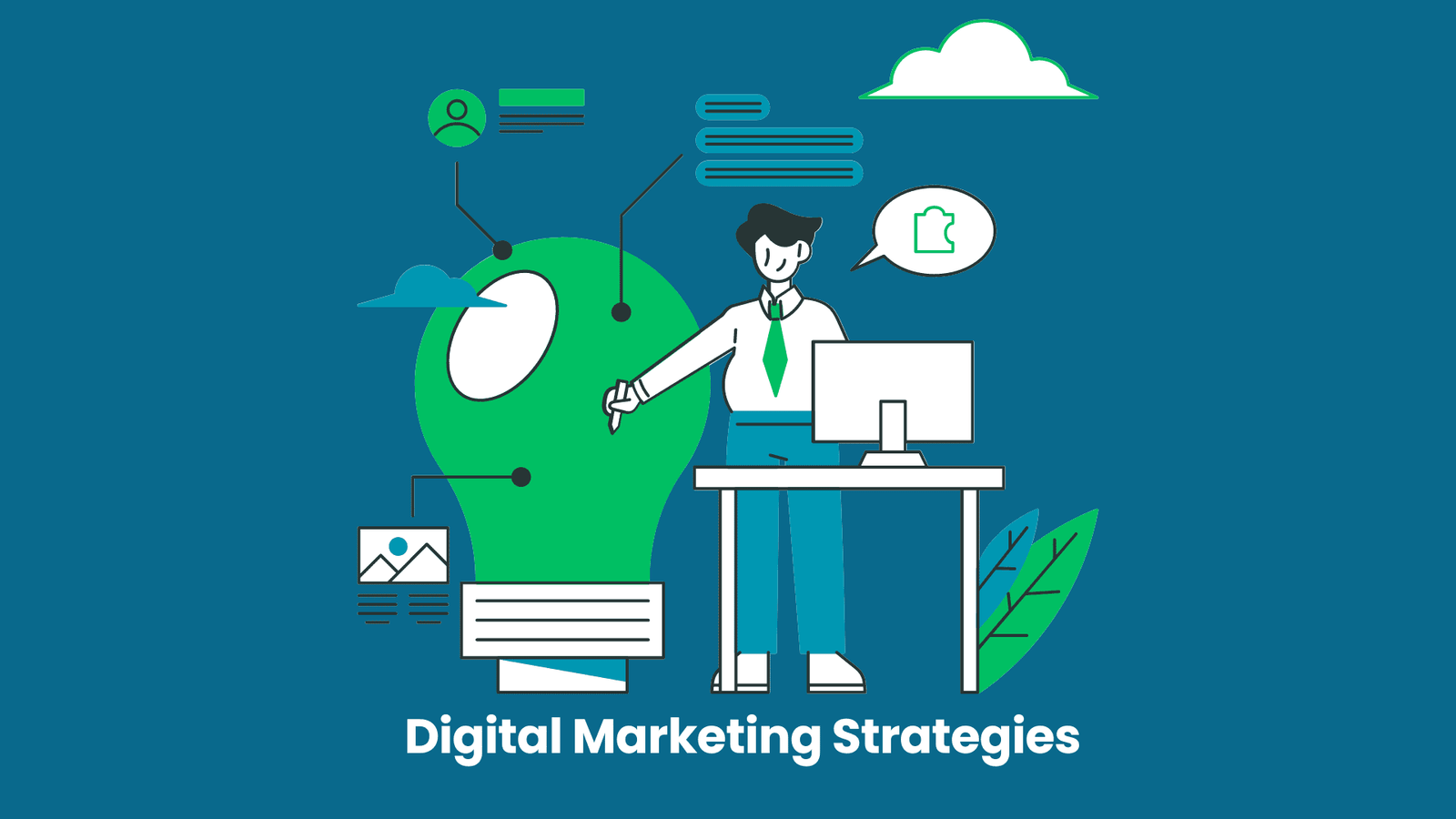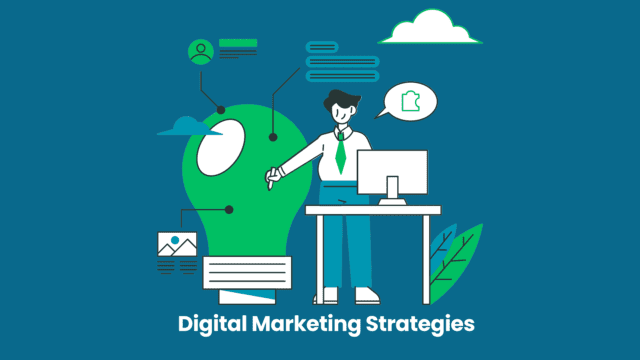Explore effective product differentiation strategy with real-world examples from leading brands like Apple, Tesla, and Patagonia. Learn how innovation, quality, branding, customer experience, and sustainability can help businesses stand out in competitive markets.
Examples of Product Differentiation Strategy
A product differentiation strategy focuses on making a product or service stand out from competitors by highlighting unique features, benefits, or attributes that appeal to customers. This strategy, part of Michael Porter’s generic strategies, helps companies command premium pricing, build brand loyalty, and avoid commoditization. Below are real-world examples across various industries, showcasing how different organizations have successfully implemented differentiation strategies.
Top examples of different Product Differentiation Strategies below are;
1. Innovation & Technology
- Apple:
- Differentiation: Apple differentiates itself through its sleek design, intuitive user interface, and a tightly integrated ecosystem that includes iOS, macOS, and iCloud. The incorporation of proprietary features such as Face ID, Apple Silicon chips, and continuous innovation in hardware and software showcase Apple’s commitment to excellence.
- Outcome: This unique blend positions Apple as a premium brand, cultivating a loyal customer base that willingly pays higher prices for their products, often seemingly just for the brand identity associated with the “Apple” name.
- Tesla:
- Differentiation: Tesla stands out in the automotive industry with its cutting-edge electric vehicle technology that includes features like Autopilot and over-the-air software updates. Moreover, the company emphasizes sustainability with its commitment to reducing carbon emissions and promoting clean energy.
- Outcome: By positioning itself at the forefront of technological innovation and sustainability, Tesla has captured a significant share of the electric vehicle market despite offering products at a premium price point.
2. Quality & Craftsmanship
- Rolex:
- Differentiation: Rolex is synonymous with luxury and precision. The company uses high-quality materials and meticulous craftsmanship, ensuring that each watch represents both a functional timepiece and a status symbol. The timeless design and exclusivity contribute to its allure.
- Outcome: As a result of these factors, Rolex watches retain value over time and symbolize achievement, making them desirable for affluent consumers.
- Dyson:
- Differentiation: Dyson differentiates itself with advanced technology and superior design in its vacuum cleaners and air purifiers. Using innovative features like cyclonic separation and unique styling, Dyson products stand out in terms of both performance and aesthetics.
- Outcome: This focus on quality allows Dyson to command premium pricing, setting it apart from other household appliance brands.
3. Branding & Emotional Appeal
- Coca-Cola:
- Differentiation: Coca-Cola leverages iconic branding and emotionally-driven marketing strategies to differentiate itself. Campaigns like “Share a Coke” evoke feelings of nostalgia and connection, creating a strong brand identity.
- Outcome: This marketing emotional resonance enables Coca-Cola to maintain its leading position in the beverage industry, even amidst competition from cheaper alternatives.
- Harley-Davidson:
- Differentiation: Harley-Davidson embodies a unique “rebel” identity and a strong sense of community among its riders. The ability to customize bikes and the cultural significance of the brand create a specialized market niche.
- Outcome: Riders pay a premium for not just a motorcycle but an experience and a lifestyle, reinforcing brand loyalty.
4. Customer Experience
- Starbucks:
- Differentiation: Starbucks focuses on customer experience by offering personalized beverages made to order, creating a cozy atmosphere, and implementing a loyalty rewards program. The brand positions itself as a “third place” for customers to relax outside home and work.
- Outcome: This commitment to enhancing the customer experience justifies the higher prices for coffee in comparison to other coffee shops.
- Zappos:
- Differentiation: Zappos stands out in e-commerce through its legendary customer service, offering features like free returns and 24/7 support that prioritize customer satisfaction.
- Outcome: This exceptional service model has cultivated a loyal customer base, contributing significantly to Zappos’ sustained success.
5. Sustainability & Ethics
- Patagonia:
- Differentiation: Patagonia differentiates itself with a strong commitment to the environment, using eco-friendly materials and promoting repair and recycling through initiatives like the “Worn Wear” program. The brand frequently engages in activism to support environmental issues.
- Outcome: As a result, Patagonia attracts consumers who prioritize sustainability, often willing to pay a premium for its products.
- Beyond Meat:
- Differentiation: Beyond Meat focuses on providing plant-based alternatives to meat that are marketed as healthier and more environmentally friendly. The innovation in flavor and texture makes their products a strong substitute for traditional meat.
- Outcome: This strategy has disrupted the traditional meat industry, positioning Beyond Meat as a leading brand in the plant-based market.
6. Customization & Personalization
- Nike By You:
- Differentiation: Nike By You allows customers to design their own sneakers by choosing colors, materials, and styles, emphasizing customization in the footwear market.
- Outcome: This approach drives customer engagement and loyalty, allowing Nike to command higher prices due to the personalized consumer experience.
- Spotify:
- Differentiation: Spotify offers an AI-driven personalized music playlist experience with features like Discover Weekly and Wrapped, which showcase users’ music habits and preferences.
- Outcome: This focus on personalization sets Spotify apart from competitors like Apple Music and YouTube Music, enhancing user engagement.
7. Unique Features
- GoPro:
- Differentiation: GoPro has carved out a niche in the camera market by offering rugged, portable cameras designed specifically for adventure sports. Their products are waterproof and equipped to capture high-definition videos.
- Outcome: This innovation has made GoPro the go-to brand for action cameras, emphasizing its unique selling proposition.
- Oatly:
- Differentiation: Oatly has built a strong brand around its oat milk products that emphasize both taste and environmental impact, using a quirky and approachable branding strategy.
- Outcome: Oatly has become a leader in the plant-based milk category, resonating with consumers looking for alternatives to dairy.
8. Pricing Model Innovation
- Netflix:
- Differentiation: Netflix pioneered the subscription-based streaming model, offering unlimited access to its vast library of films and TV shows without commercials. Its focus on original content has also set it apart in the entertainment sector.
- Outcome: This business model revolutionized how consumers access media, allowing Netflix to dominate the streaming landscape.
- Dollar Shave Club:
- Differentiation: Dollar Shave Club disrupted the shaving industry with a direct-to-consumer subscription model, combining convenience with humorous advertising.
- Outcome: This approach successfully attracted budget-conscious consumers and forced traditional brands like Gillette to rethink their pricing strategies.
Key Takeaways
- Differentiation can be tangible (product features) or intangible (brand image, customer experience), and a successful strategy often combines elements from multiple categories.
- Continuous innovation is crucial for maintaining a competitive edge, as consumer preferences and market dynamics can shift.
- Effective differentiation builds brand loyalty and allows companies to reduce price sensitivity among consumers, leading to sustained revenue and market presence.
By focusing on what makes their product unique, companies can carve out a niche, reduce price sensitivity, and build lasting customer relationships that are harder for competitors to replicate.
FAQs
What is product differentiation?
Product differentiation is a marketing strategy that emphasizes unique features, benefits, or attributes of a product to make it stand out from competitors.
Why is product differentiation important?
It helps businesses command premium pricing, build brand loyalty, and avoid commoditization in competitive markets.
What are some key methods of differentiation?
- Innovation & Technology: Using advanced features and technology.
- Quality & Craftsmanship: Focusing on high-quality materials and design.
- Branding & Emotional Appeal: Crafting strong brand identities that connect emotionally with consumers.
- Customer Experience: Enhancing the consumer journey through personalized services.
- Sustainability & Ethics: Committing to eco-friendly practices and ethical sourcing.
- Customization & Personalization: Allowing consumers to tailor products to their preferences.
- Unique Features: Offering specialized product attributes.
- Pricing Model Innovation: Creating new pricing structures or subscription models.
Can you provide examples of brands that use differentiation?
- Apple: Innovation and integrated ecosystem.
- Tesla: Cutting-edge electric vehicles and sustainability.
- Patagonia: Environmental commitment and activism.
- Nike By You: Customization of sneakers.
What are the benefits of a differentiation strategy?
Businesses can reduce price sensitivity, create loyal customer relationships, and maintain a sustainable competitive advantage.












